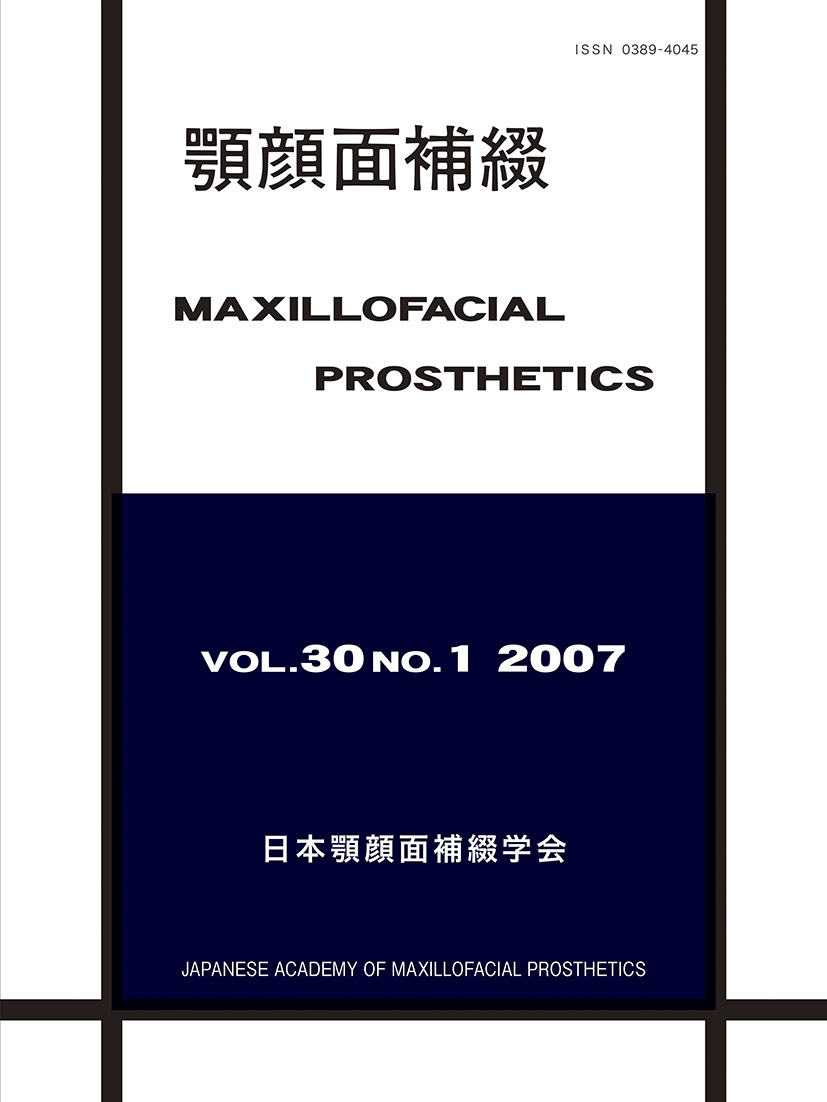Various kinds of materials have been used for fabricating facial prostheses. Facial prostheses made of different materials have particular advantages and disadvantages, depending upon the characteristics of the materials. This case report examines the clinical outcomes of facial prostheses fabricated with different types of material. The case was a 62-year-old man who had a right facial skin concavity with an extensive facial and maxillary defect including orbit after surgery for a right maxillary tumor. The mid-facial defect was reconstructed using four types of facial prosthesis made of four different materials: medical grade silicone rubber, polyurethane, acrylic resin, and hard resin. The hard resin facial prosthesis was successful with regard to aesthetics, patient satisfaction, and clinical handling. Here we report its fabrication procedure and its clinical application, and suggest that the material of the prosthesis should be selected according to the patient's status.
View full abstract
